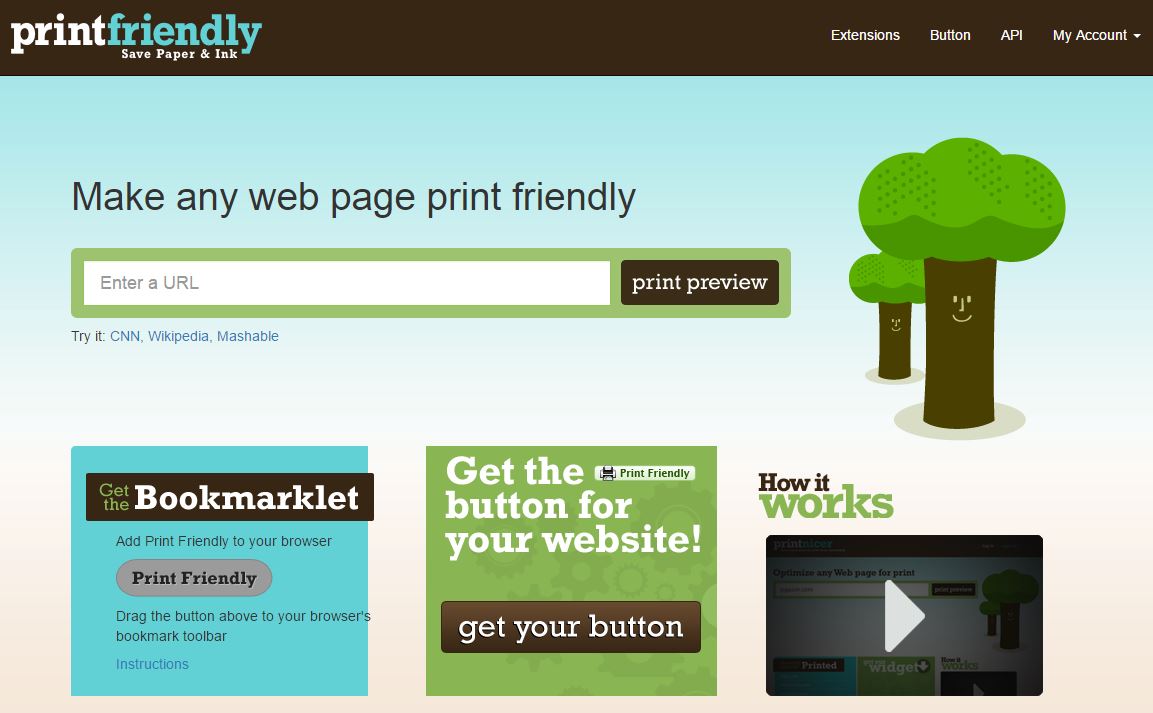When we first started I Done This, we had no subscriber list. But eventually we grew one six-figures in size — all because we offered people something for free. You just have to remember that addresses are valuable commodities: people are generally reluctant to give theirs up unless they’re going to get something of value in return.
You don’t even have to offer a gift to every single person who gives you an email address — a prize drawing can provide plenty of motivation.
At I Done This, we ran a very successful drive to increase our email subscriber base by allying with some nontraditional partners: a fiction writer and a charcuterie company. Of course, it was important to explain that we didn’t want to spam people: we wanted to remind people that we took their action of giving us their email address very seriously and that we would be using it only to send them the best possible content.
Then came the bait: One subscriber would win a set of 10 cured meats from a slow food charcuterie company based in the U.S. and three subscribers would win the books.
You walk a fine line when choosing giveaway prizes. On the one hand, you want prizes that are good enough that people will actually click through. On the other, you want things that are particular enough to your demographic that at the end of it, you get actual active subscribers rather than people who will just cancel as soon as they realize they didn’t win.
In our case, we chose one set of cured meats because — well, who doesn’t love cured meat? — and because their slow food values aligned with our slow web values. We chose the books because they were slightly more in line with our actual demographic: people who wanted to get things done, who might also be interested in a more creative take on the world we live in.
The Path to Our Six-Figure Email List
A really popular enticement for email addresses: a free webinar, seminar or ebook. These work better than blogs, even if you post daily. While plenty of websites do manage to collect people’s contact information with blogs, larger pieces of content tend to yield more contacts.
The ebook is an amazing way to package content. It looks great, and conveys seriousness, and real learning. But what you might not know is that making that polished PDF can be less work than producing several new blog posts. It’s all about choosing high-performing posts from your archives, editing them together into a cohesive structure, and then delivering the finished product to your users via email.
For our first eBook, The Busy Person’s Guide to the Done List, we used Google Analytics to figure out which of our posts had been most effective. This gave us key information including the number of page views, unique page views, the average time spent on a page, entrances, and more. Then, we took our highest-performing posts on productivity and wrote one long blog post where we essentially copied and pasted each into its own section, editing transitions in so it would flow smoothly.
We used a Chrome bookmarklet, Print Friendly, that allowed us to turn that HTML into nice-looking PDFs. But if you really don’t have time for this, a service like SketchDeck can help. They charged us $300 for our first ebook, which was pretty reasonable considering the amount of work they had to put in.
Once we had the book ready, we made a sweet page for it. We promoted it in a bunch of different ways: we sent it to our friends and users and asked them to share it. We made pop-ups using SumoMe’s List Builder and used them to push it.
Make It One Click
We made Twitter lead generation cards, too. Here’s how you can: Go to Twitter Ads, navigate to the Creatives tab, and choose Cards. It generates a template for you from there and makes it easier for you to capture people’s email addresses. Basically, if you let someone give you their email address with just one click, they’re a lot more likely to do so, at least compared to if they have to mouse over to your dialogue box, type it all in, and then click again to send it.
These examples are by no means comprehensive, as there are plenty of other tricks and hacks out there. When in doubt try as many as you can and then double down on the one that results in conversions. Keep doing more of that and you’ll build up a base of receptive and dedicated subscribers that will be with you for some time.
So, readers, how does our experience in building up an email list compare with yours? Please let us know in the comments section beneath this post. And while you’re at it, if you liked reading this article, you just might love the premium features in I Done This. To learn more about them, please click here.

